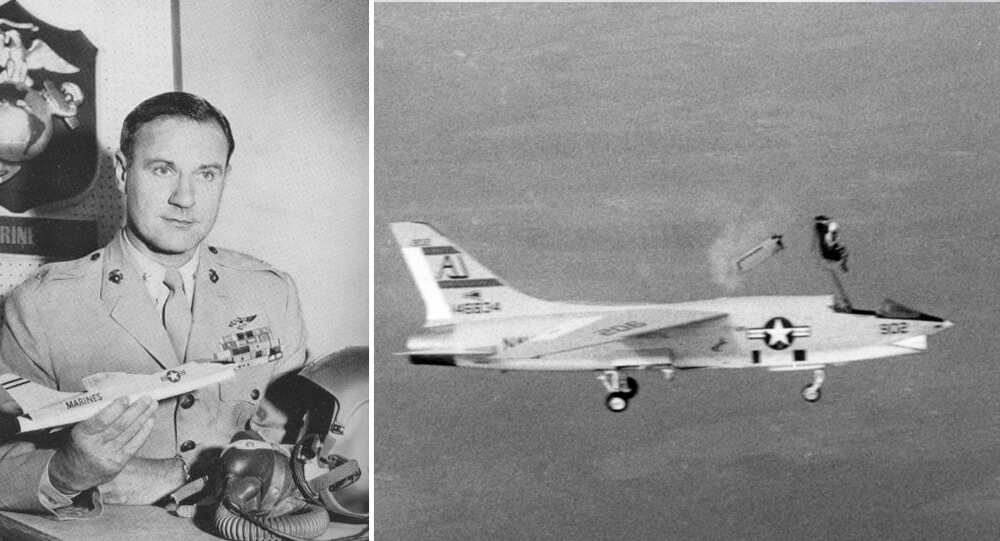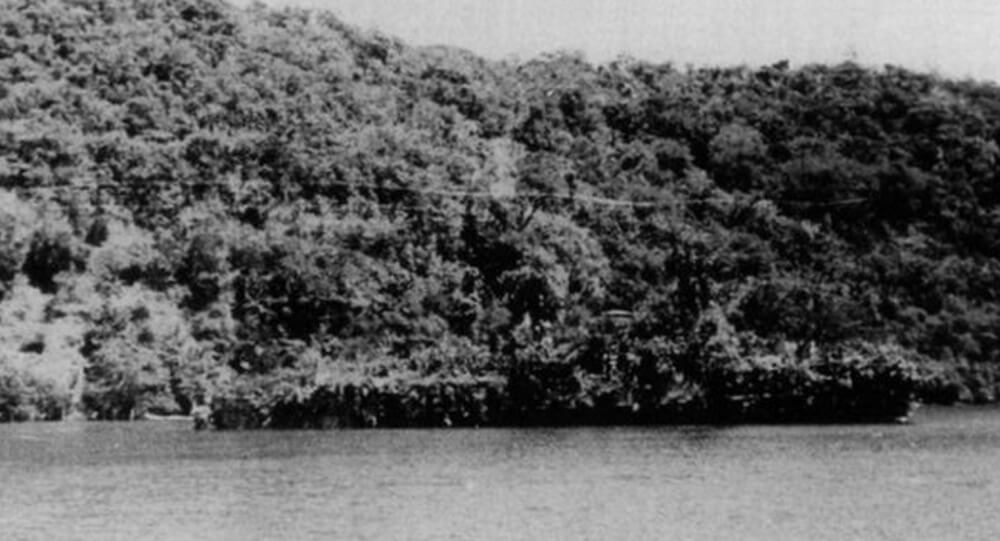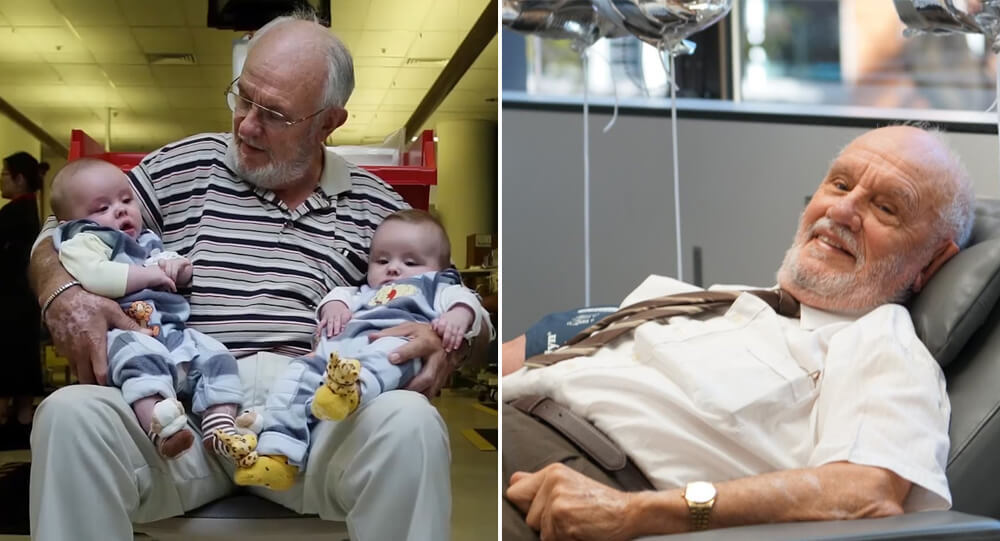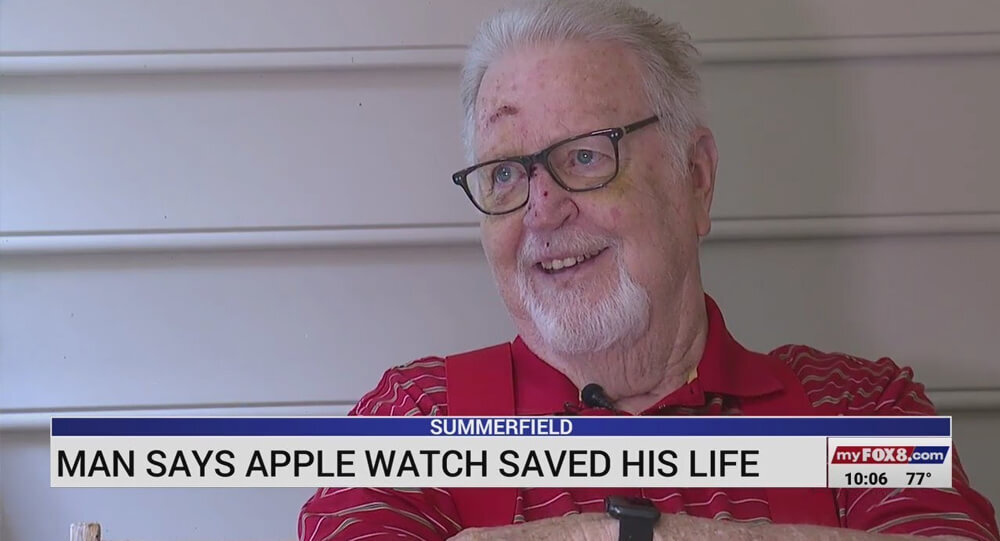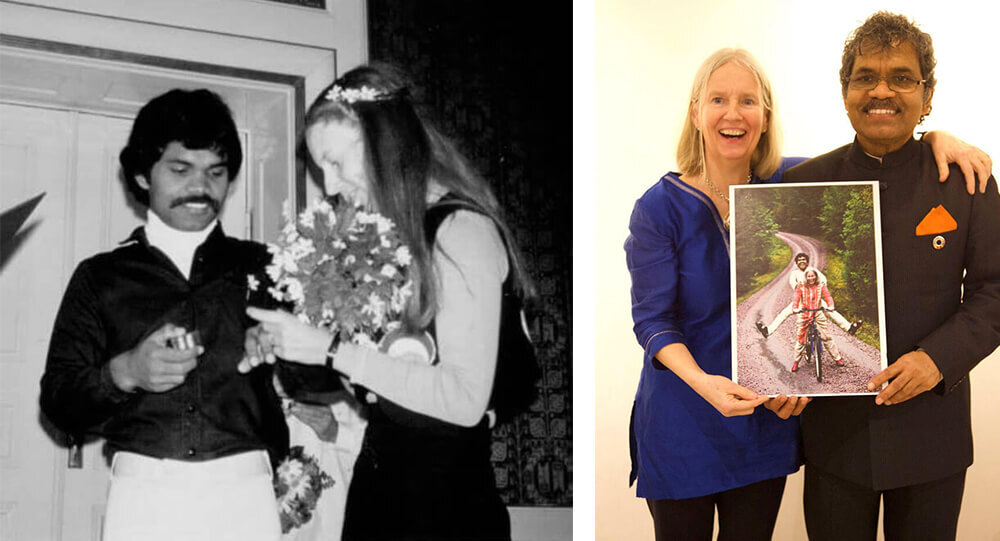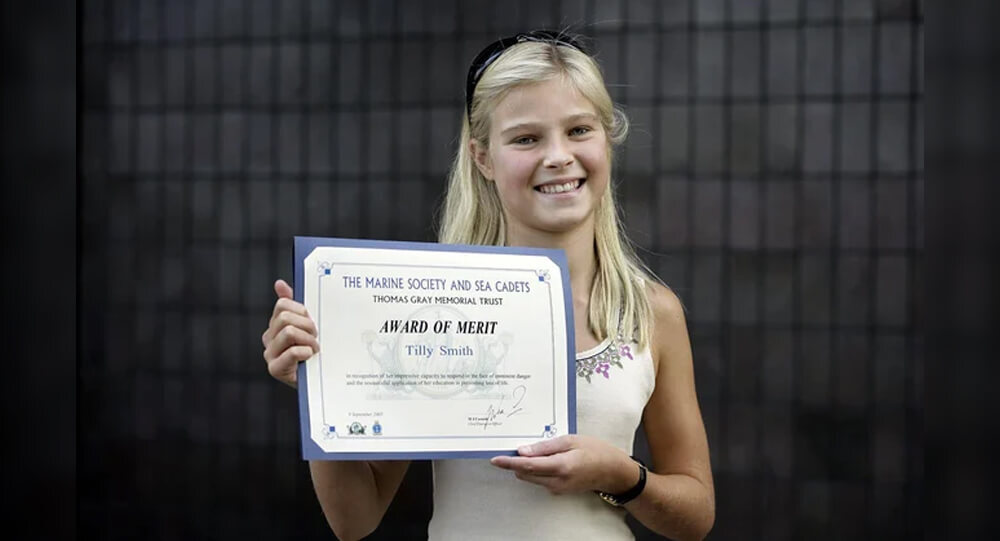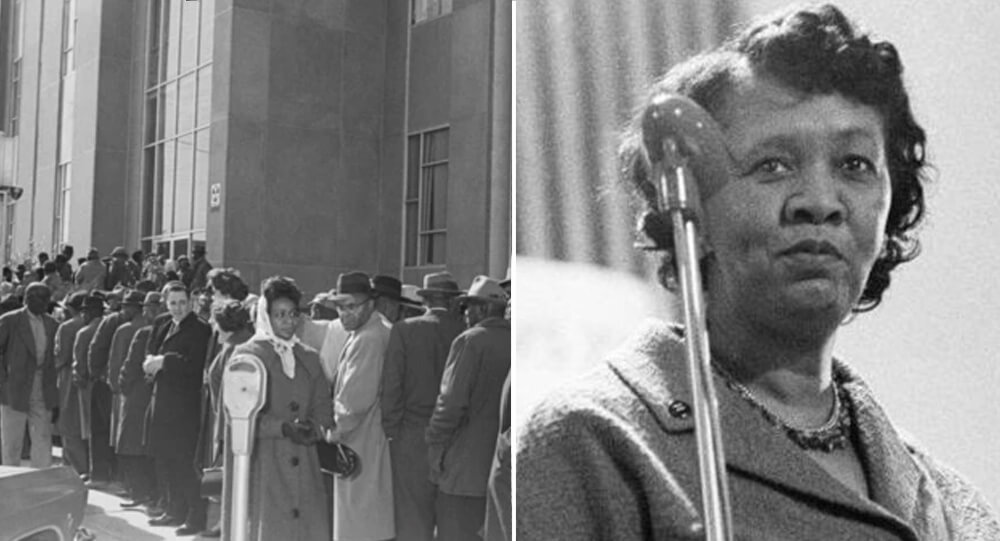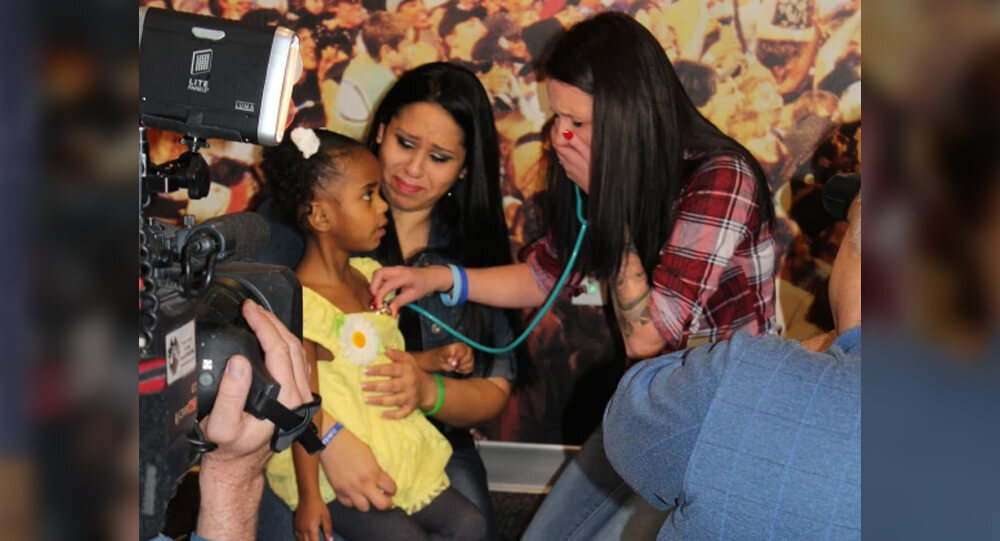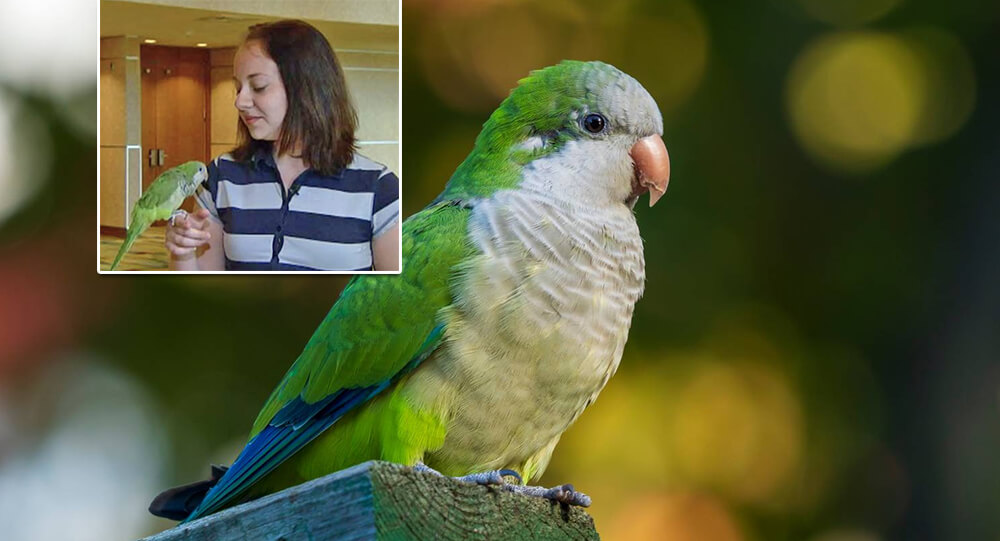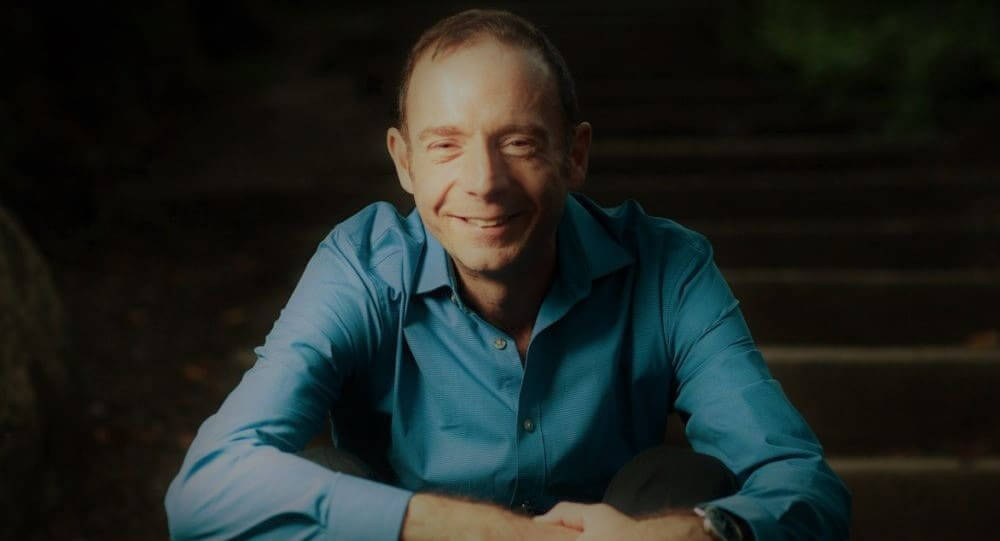

Timothy Ray Brown, who inspired millions of HIV-positive people, died of leukemia
In 2007, Mr Brown, also known as “the Berlin patient,” received a bone marrow transplant from an HIV-resistant donor.
It meant he didn’t need anti-viral drugs anymore, and he was free of the virus that can lead to Aids for the rest of his life.
Mr Brown, according to the International Aids Society, gave the world hope that an HIV cure was possible.
Born in the US, Mr. Brown, 54, received his HIV diagnosis in 1995 while residing in Berlin. Then, in 2007, he was diagnosed with acute myeloid leukemia, a form of blood cancer.
He underwent a bone marrow transplant after having his bone marrow, which was producing the cancerous cells, destroyed.
The donor for the transplant had a rare mutation in the CCR5 gene, a region of their DNA.
HIV resistance
A set of genetic instructions called CCR5 is used to construct the entrance that the human immunodeficiency virus (HIV) uses to enter cells.
People who have mutations to CCR5 are essentially immune to HIV.
In 2012, Mr. Brown told the BBC that he stopped taking his medication on the day of his transplant and that after three months, his body was HIV-free.
Never again was the virus found in his body. In actuality, he was “cured”.
“I was excited about it, but I still kind of feared it might come back, but it didn’t,” he continued.
But earlier in year 2020, the leukemia that was the cause of his HIV cure came back and spread to his brain and spinal cord.
Tim Hoeffgen, Timothy’s partner, wrote on Facebook, “It is with great sadness that I announce that Timothy passed away… surrounded by myself and friends, after a five-month battle with leukaemia.
“I’m heartbroken that my hero is gone,” Hoeffgen wrote. “Tim was truly the sweetest person in the world. Tim’s spirit will live on and the love and support from family and friends will help me through this most difficult time.”
Tim dedicated his life to sharing his experience with an HIV cure, becoming a symbol of hope, he continued.
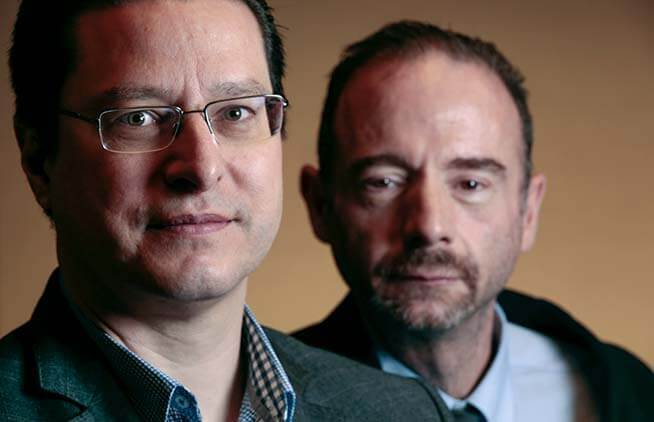
Closer to a cure?
Mr. Brown’s cure was too risky and aggressive to be applied frequently; it is still primarily used to treat cancer. The 38 million people who are believed to be HIV-positive, many of whom reside in sub-Saharan Africa, cannot afford the strategy.
However, Mr. Brown’s tale gave hope that a cure might one day be discovered to researchers, patients, and the general public.
The International Aids Society (IAS) expressed “a profoundly heavy heart” in its statement of mourning.
The IAS president, Prof. Adeeba Kamarulzaman, said, “We owe Timothy and his doctor, Gero Hutter, a great deal of gratitude for opening the door for scientists to explore the idea that a cure for HIV is possible.”
It was announced earlier that year that a second HIV patient had been cured. Adam Castillejo, also known as the “London patient,” received comparable treatment to Mr. Brown and was able to stop taking HIV medications.
Prof. Sharon Lewin, the director of the Doherty Institute in Melbourne, Australia, stated that although the cases of Timothy and Adam do not represent a viable large-scale strategy for a cure, they do represent a crucial point in the search for an HIV cure.
Timothy was a strong supporter of keeping HIV research on the political and scientific agenda.
“The scientific community hopes that one day we can honor his legacy with a safe, affordable, and widely accessible approach to HIV remission and cure using gene editing or techniques that boost immune control,” reads a statement from the scientific community.
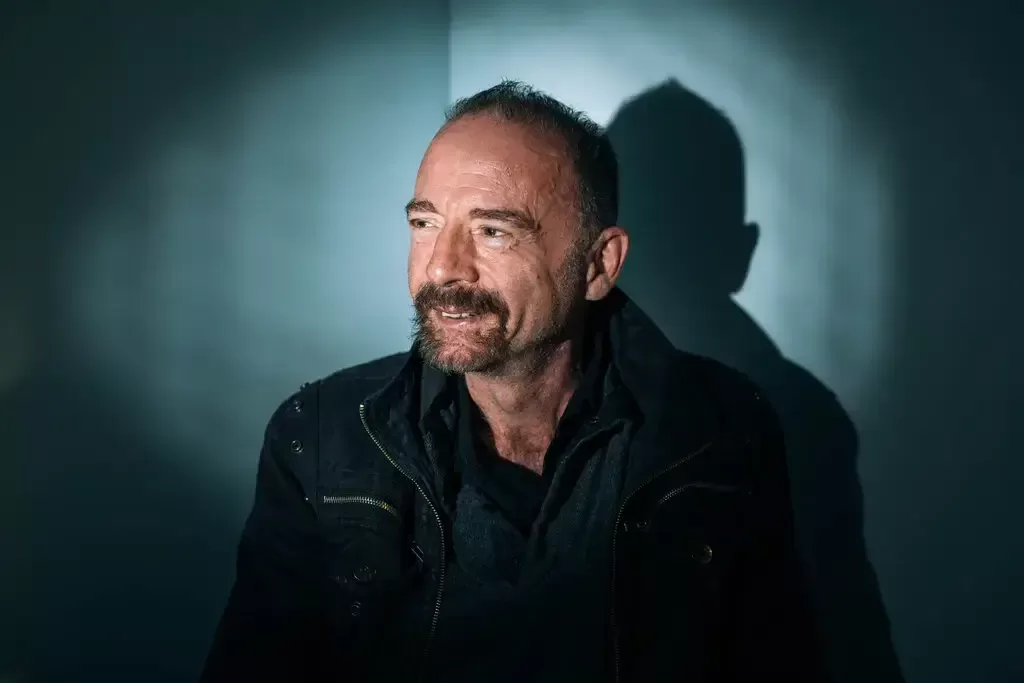
Brown’s success inspired HIV cure research
Dr. Hans-Peter Kiem, who holds the Stephanus Family Endowed Chair for Cell and Gene Therapy at Fred Hutch, got to know and respect Brown through his role as co-founder of defeatHIV. He attributes him with accelerating the National Institutes of Health’s Martin Delaney Collaboratories program’s funding of HIV cure research.
“The NIH started this HIV cure effort ten years ago thanks to Timothy. How many people he has directly or indirectly aided is astounding, Kiem said.
In November 2020, Kiem spoke at a TEDx event in Seattle, where he discussed how Timothy Ray Brown has influenced his quest to treat HIV through the eventual administration of “gene therapy in a syringe.”
Brown was the only person on Earth known to have defeated the virus for a dozen years despite numerous attempts to replicate his treatment. He sincerely hoped he wasn’t the only one.
Then, on March 4, 2019, it was determined that a “London Patient” was probably cured through a similar stem cell transplant. A year later, he identified himself as Adam Castillejo, a 40-year-old Venezuelan immigrant working as a sous chef in London. In 2016, he had undergone a single stem cell transplant.
Castillejo and Brown had spoken on the phone, but they had never actually met.

The actions of a 7-year-old girl protected her mother from bullets
A 7-year-old girl jumped in front of her mother to save her from a man who was attempting to kill her in 2007. She was shot six times and survived, as well as saving her mother.

Troy Leon Gregg: the death row inmate murdered the same night he escaped
In July 1980, Troy Leon Gregg escaped from Georgia State Prison the night before his execution. However, he was killed in a fight in a bar just a few hours later.

'Super obedient' lookout parrot trained by Brazilian drug dealers is seized by police
In 2019, police in Brazil seized a 'super obedient' lookout parrot trained by drug dealers. According to reports, the bird had been taught to alert criminals to police operations by shouting: "Mum, the police!" As soon as the police got close, he started shouting.

The Man Who Survived Falling Through a Thunderstorm, William Rankin
William Rankin was a fighter pilot who survived an ejection into a thunderstorm. He suffered frostbite, violent wind and lightning, severe decompression, and nearly drowned from breathing in rain water. He was in the cloud for over 40 minutes in total.

Abraham Crijnssen – The Ship That Disguised Itself As An Island
During World War II a Dutch minesweeper evaded the Japanese for eight days disguised as an island. The crew covered the decks in cut trees and painted exposed surfaces to look like rocks. They moved only at night and anchored closed to shore by day, eventually escaping to Australia.

Tourist in China left hanging from 330-ft-high glass bridge as wind blows away its panels
The popular tourist attraction glass-bottomed bridge was shattered after a strong wind blew away its panels. A Chinese tourist was left stranded in strong winds 330 feet up on a glass-bottomed bridge.

Man's Blood Helped Save Millions of Babies
Australian blood donor James Harrison has been one of our most impressive and valued donors, having donated for 60 years. Know his story, how he was a pioneer of our Anti-D program, and why this matters.

Woman survives skydiving accident, discovers she's pregnant
2005, a woman performing her first solo skydive jump survived a parachute malfunction which caused her to slam face first into a parking lot at 50 MPH. During surgery doctors discovered she was pregnant. She made a full recovery and the baby was fine.

Leo Grand: from homeless to mobile app developer
In 2013, A young programmer offered a homeless man the choice between $100 cash or coding lessons. Leo Grand chose the lessons, and his first mobile app was “Trees for Cars," which helps drivers find carpooling partners.

Apple Watch saves a 78 year old man from life threatening fall
An Apple watch saved the life of a 78-year-old man from North Carolina. When the man was unconscious and collapsed on his driveway, his Apple watch quickly sent an alert to emergency services.

Photos: This man sold everything 45 years ago to buy a bike and travel 6,000 miles from India to Sweden to see his love.
An Indian man traveled from India to Sweden on a bicycle to meet his Swedish wife in 1978. The journey took him 4 months and through eight countries.

Smart girl saves her family more than 100 people in 2004 tsunami
In 2004, a 10-year-old girl saved her family and 100 other tourists from the Asian tsunami because she had learned about the giant waves in a geography lesson, it has emerged.

The incredible story of a plane that lost its roof in mid-flight and the light signal that saved 94 lives.
On April 28, 1988, Aloha Airlines flight 243 was on the way to Honolulu from Hilo when a huge portion of the upper part of the fuselage blew off the airplane.

A subway in Chongqing passes through a building (images)
A train has been constructed through an apartment complex in Chongqing, China. The 19-story residential structure is not only passed by the light rail passenger train, but it also serves as a transit stop. Apartment residents can simply get a ride from the sixth to eighth levels.

Water park in japan, ocean dome: Largest indoor water park in the world
The Seagaia Ocean Dome, located in Miyazaki, Japan, was the biggest indoor waterpark in the world. An "Ocean" six times the size of an Olympic pool, filled with 13,500 tons of unsalted, chlorinated water kept heated at 28 degrees Celsius and recognized as the largest simulated pool by the Guinness Book of World Records, measures 12,000 square meters of the sandy beach made from 600 tons of stone.

Why Is the N Lowercase in 7-Eleven?
7-ELEVEN is thought to have a lowercase "n" in its logo because the company president's wife believed that a logo with all caps would seem harsh, while a lowercase "n" would make it more graceful.

Unique Dining table with a hole for your cat to peek and join you dinner.
Dinos, a Japanese internet shop, has launched a new range of cat furniture, which includes this oak table with a hole in the middle and a perch underneath. It places your cat companion in the center of the table, making your cat the main focus of your meal, as it should be, because cats are the true proprietors of “your” home.

Frank Lentini, The Three-Legged Sideshow Performer
Francesco Lentini was a man with three legs, four feet, sixteen toes, and two sets of functional male genitals. He worked for the circus and lived to be 78 years old.

Oreo builds asteroid-proof bunker to protect its cookies and recipes
In October 2020, Oreo builds a concrete bunker in Svalbard, Norway, to protect their recipes in case of an asteroid impact. The vault also contains Oreos wrapped in Mylar and vials of milk powder.

The fearless Annie Lee Cooper
Annie Lee Cooper was fired in 1963 after attempting to register to vote. She attempted it once more in 1965, but the sheriff ordered her to leave after prodding her in the neck with a club. She then punched him, causing him to fall to the ground. She was imprisoned before ultimately registering to vote. Following the passage of the Voting Rights Act, the sheriff was ousted and subsequently imprisoned for collaborating to transport drugs, but Annie Lee Cooper lived to reach 100 years old and bears her name to this day.

Mom hears son's heartbeat 3 years after his death when she meets organ recipient
She agreed to donate her son's organs after his sudden death in June 2013 at the age of 7 months. The grieving mother was able to listen to her late son’s heart beating inside the little girl who received the organ after his death.

People are freaked out because they keep finding 'help me' messages under the cap of Sobe bottles
With their bottle caps that said, "Help me, I'm trapped in SoBe factory," SoBe Beverage discovered the hard way that forced labor is serious business. This is an example of when humor can be overdone.

How hero parrot saved little girl who was choking on her breakfast
In 2008 Quaker parrot Willie alerted his owner Megan Howard when the little girl she was babysitting began to choke. Howard was in the bathroom when the parrot repeatedly yelled "Mama! Baby!" flapping his wings. Megan rushed and performed the Heimlich maneuver, saving her life. Willie received the Red Cross Animal Lifesaver Award.

New York installs first offshore wind turbine to power 70,000 homes
New York State has achieved a historic milestone in its clean energy transition by installing the first wind turbine at its first offshore wind farm, South Fork Win.

China Weather Control on 2008 Olympics with missile
One thing is certain: when it comes to ensuring nice weather for the world's largest party, the Chinese cannot be accused of being subtle. The Chinese government authorized the use of 1,104 cloud seeding missile launches from 4:00-11:39 p.m. on Friday night to reduce the possibility of rain ahead of the 29th Olympic opening ceremony in Beijing



